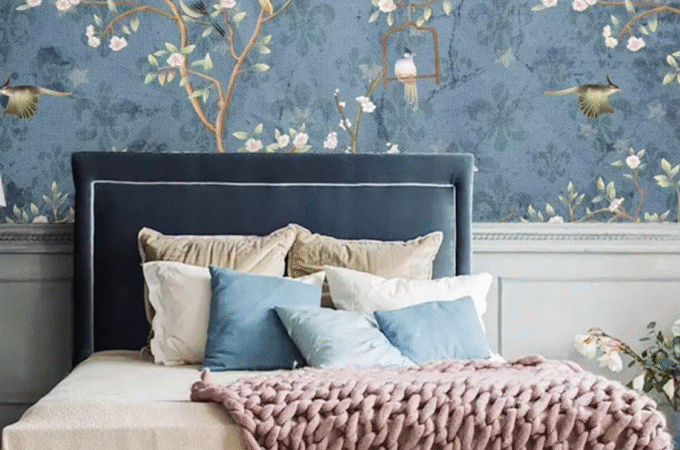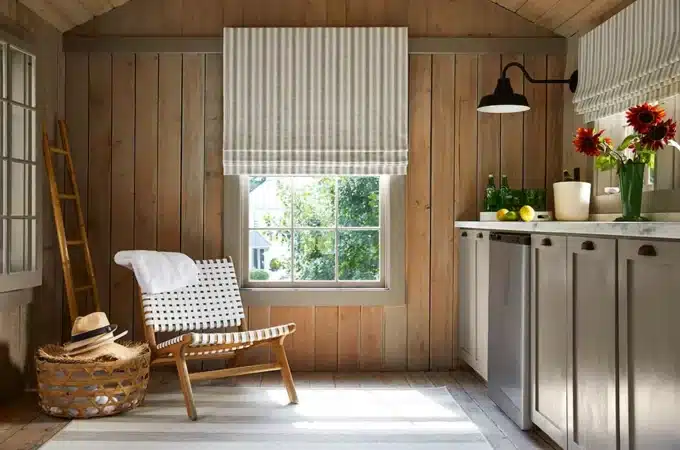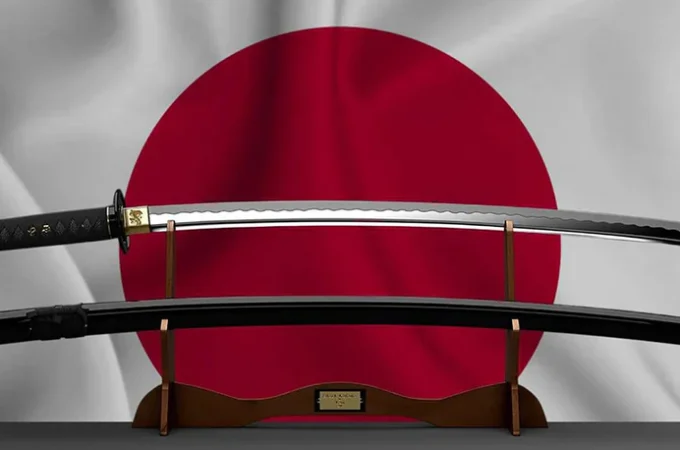
Baroque Chandelier: A Journey Through History And Style
The baroque chandelier is more than just a source of lighting; it is a statement piece that captures the grandeur and opulence of centuries past. These ornate fixtures are often associated with luxury and elegance, featuring intricate designs and lavish materials such as crystal and bronze. Whether hanging in a majestic ballroom or adorning a cozy dining room, a baroque chandelier brings a touch of drama and sophistication to any space.
Table of Contents
ToggleThe origins of the baroque style
To fully appreciate the baroque chandelier, one must first understand the origins of the baroque style. Emerging in the early 17th century, particularly in Italy, this artistic movement was characterized by exaggerated motion, vivid detail, and emotional depth. It spread rapidly across Europe, influencing architecture, painting, music, and even the design of exquisite chandeliers.
The baroque period sought to evoke awe and wonder, and lighting played a crucial role in creating this atmosphere. Chandeliers became central to establishing the mood in grand interiors, their glittering lights adding depth and drama to elaborate decor. The interplay of shadow and light helped accentuate the architectural details typical of both Italian and French baroque styles.
Iconic features of baroque chandeliers
Materials and craftsmanship
Baroque chandeliers are renowned for their use of luxurious materials. Crystal has been a favorite choice, prized for its ability to reflect and refract light beautifully. The shimmering effects created by crystal elements enhance the overall magnificence of these lighting fixtures. Bronze and brass have also been commonly used, lending a warm glow and durability to the chandelier’s structure. To explore the captivating beauty of these pieces, you can learn more here.
Creating a baroque chandelier requires skillful craftsmanship. Artisans have meticulously carved and assembled these pieces, ensuring each element contributes to the fixture’s intricate symmetry. The end result is a work of art that commands attention, elevating any space with its timeless appeal.
Design elements
The design of a baroque chandelier is typically elaborate, with numerous arms branching out in graceful arcs. This serves not just an aesthetic purpose but also ensures ample distribution of light across a room. Many feature additional decorative motifs like foliage, cherubs, and scrolls, crafted to complement the luxurious settings they illuminate.
The influence of rococo, which succeeded the baroque period, can sometimes be seen in later baroque chandeliers. Rococo brought about lighter and more playful forms, resulting in designs with asymmetrical elements and delicate curves. Despite these variations, the core focus on opulence and artistry remained unchanged.
Critical role in historical interiors
During the height of their popularity, baroque chandeliers graced the most prestigious palaces and estates. They were considered an essential element of interior design in places like Versailles in France and St. Peter’s Basilica in Rome. Not only did chandeliers provide functional lighting, but they also demonstrated wealth and social status.
In noble homes, chandeliers served as conversation pieces. Their ornate details would captivate guests, prompting admiration and discussion. The acquisition and display of such an item could significantly elevate a family’s standing within the social hierarchy.
A symbol of power and wealth
Owning a baroque chandelier went beyond mere decoration; it was an assertion of power. Nobility and royalty commissioned custom designs, often selecting unique materials and personalized touches to make them exclusive. In many ways, these chandeliers reflected the personality and taste of their owners.
Chandeliers were often integrated into festive events and state functions, where their brilliance complemented the splendor of the occasion. Even today, the presence of a well-maintained antique baroque chandelier continues to suggest luxury and refinement.
Evolution through time
While baroque chandeliers retain their classic allure, they have evolved considerably since their inception. Today’s designers draw inspiration from traditional forms while incorporating modern elements and technologies. This fusion results in lighting that respects its heritage while meeting contemporary tastes and needs.
For instance, energy-efficient LED lighting techniques can now be seamlessly integrated into older designs without disrupting their historic charm. Similarly, advancements in materials allow for the creation of lightweight yet durable replicas, expanding accessibility to wider audiences.
Preservation of antiques
Antique baroque chandeliers are highly valued in today’s market, both for their beauty and historical significance. Restoring these treasures involves careful attention to authenticity, respecting original techniques and materials wherever possible. Experts often face challenges, as many aged components need replacement due to wear or breakage.
Conservation efforts ensure these magnificent works remain influential examples of 17th and 18th-century artistry. By preserving original chandeliers, historians and collectors can appreciate the cultural importance of these relics and enjoy their captivating elegance.
Influence in contemporary design
Despite changes in stylistic trends over the years, the baroque chandelier remains a popular choice among decorators seeking to add a touch of luxury and sophistication. Modern iterations bring forth innovative combinations of old-world charm and current fashion.
Contemporary spaces may incorporate baroque-style lighting to introduce contrast within minimalist or industrial design schemes. The juxtaposition highlights the chandelier’s detailed craftsmanship and enhances its visual impact against simpler backdrops.
Versatility in modern interiors
Today’s baroque-inspired chandeliers fit seamlessly into diverse environments. Beyond living rooms and dining areas, they find their place in bedrooms, entryways, and even bathrooms. These versatile fittings adapt to various color palettes and design aesthetics, enriching spaces with their rich detailing.
Adopting a baroque chandelier allows designers and homeowners to express individuality, drawing on its historical narrative while contributing to a renewed appreciation for artistry in interiors. As new interpretations emerge, these classic fixtures continue to inspire creativity and admiration.
- Luxurious materials like crystal, bronze, and brass define baroque chandeliers.
- Elaborate design elements include motifs like cherubs and foliage.
- They hold historical significance in venues like Versailles and St. Peter’s Basilica.
- Modern adaptations incorporate efficient lighting methods and materials.
- Versatile in design, baroque chandeliers suit a variety of contemporary settings.






